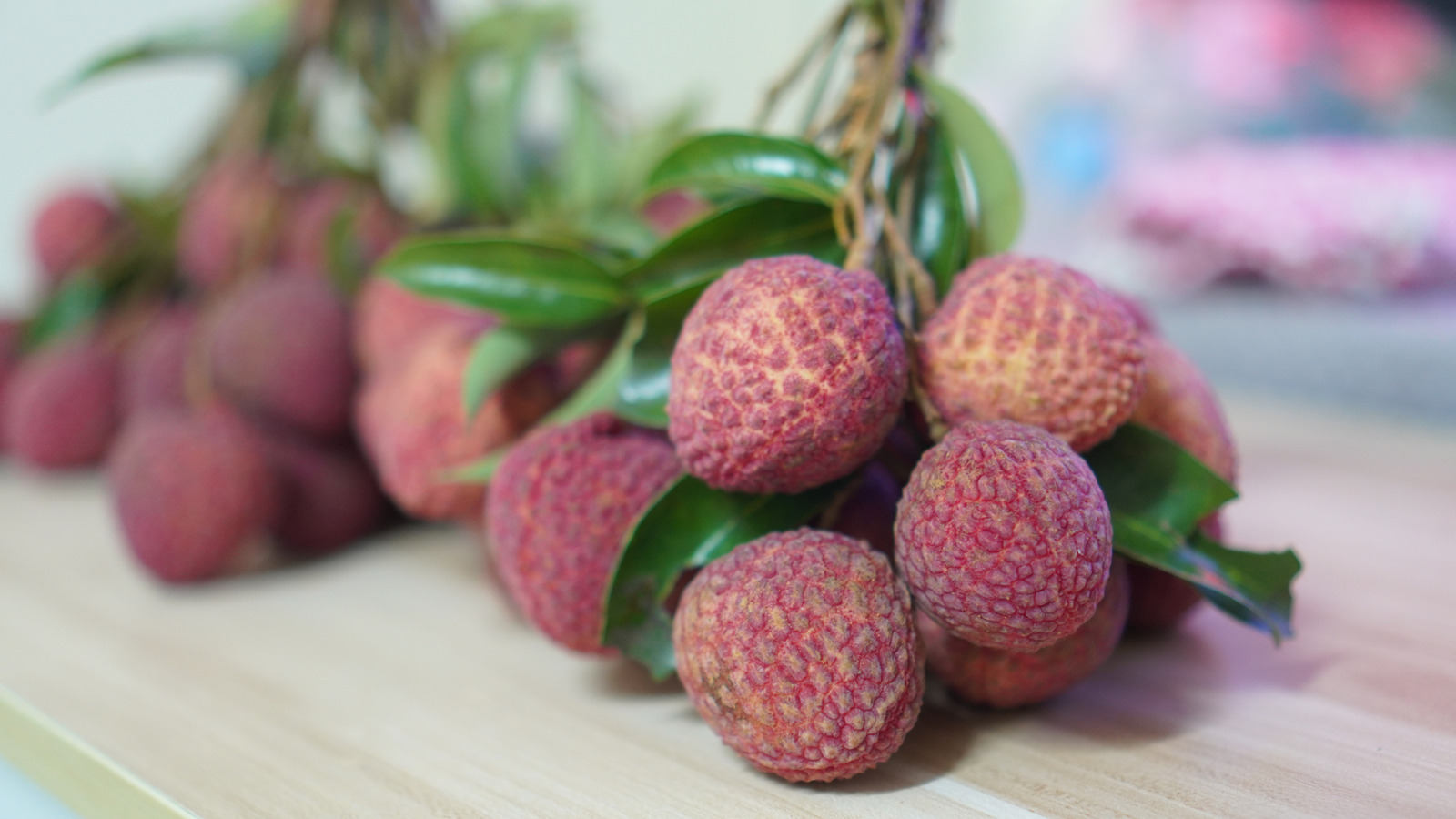
"Easily one of boba's most notable flavors, lychee has experienced a surge in popularity on social media for its unique flavor and visual aesthetic, but this little fruit has a history stretching back thousands of years. While native to Southeast Asia, lychee trees also thrive in South Africa and certain American states (like Florida), where the weather is hot. You might be familiar with lychees, might even overload your pantry in the months when lychees are harvested."
"Both fruits are members of the Sapindaceae family, or soapberry family, hence why the two appear so visually similar, and both make it on our list of 14 fruits uncommon in the U.S. you need to try once. Eating either a rambutan or a lychee begins with peeling back the red skin (which is way easier with this simple method) and either biting directly into the white flesh or using your fingers to pop the inedible pit out of the center before plopping the whole thing"
Lychee and rambutan are tropical Sapindaceae fruits with red exteriors, white flesh, and inedible pits. Lychees are native to Southeast Asia and also grow in South Africa and warm U.S. states like Florida. Both fruits are peeled by removing the red skin, then eaten by biting the flesh or popping out the pit. Rambutans feature flexible bristles that give them a hairy appearance and a name derived from the Malaysian word for hair. Rambutans are slightly larger, sweeter, and less juicy than lychees, often described as grape-like and used in desserts, cocktails, smoothies, and fruit salads.
Read at Tasting Table
Unable to calculate read time
Collection
[
|
...
]